Over the past two years, NFTs have made a big splash as modern-day digital collectibles. While the market isn’t as hot anymore, analysts say it will continue growing: from $3 billion in 2022 to $13.6 billion in 2027. And there’s more good news: the concept is going through a significant transformation. Meet utility NFTs — the new kid on the block(chain).
Unicsoft’s experts are long-time fans of NFT. We’ve spent hundreds of hours creating NFT Web3 games and NFT marketplaces for a number of clients. We’re mesmerized by the potential of utility NFTs and are closely following their evolution.
In a moment, we’ll tell you all we know about utility NFTs and how you can convert them into loyalty and profits. We’ll illustrate our story with examples and provide our vision of the technology’s future, along with the obstacles on the way.
Ready? Let’s get on with it.
NFT evolution: from virtual art to real-life benefits
Originally, NFTs were about making, owning, and reselling digital art. Every self-respecting celebrity, creator, and brand out there has tried to tap into that market. Strangely enough, the sales of innovative NFT products abided mainly by the same rules as conventional art.
This means that no matter how ridiculous a price you paid (Beeple’s “Everydays: The First 5000 Days” sold for a whopping $69 million!), all you’d get was the digital art object itself. Well, and the right to own it, secured by the blockchain. And the prestige that comes with.
Reputation, rarity, and liquidity remained the primary driving factors behind NFT sales, just like with traditional art. Something was missing — and utility NFTs came along to change that. Based on the same technology, they offered another level of value for businesses and consumers.
If that sounds intriguing, that’s because it is.
What are utility NFTs?
A utility NFT is more than just the digital asset it represents. Creators infuse non-fungible tokens with real, often tangible value, exclusive benefits that the owner can claim. It can be a discount, a concert pass, ownership rights to virtual or physical items — endless possibilities.
This added utility gives buyers an actual use case, a solid reason to purchase your NFT that goes beyond scarcity or reputation. What’s more, the right to receive that privilege is transferable to the next NFT connoisseur down the line.
The Bored Ape Yacht Club (BAYC) is a fine example of a viral NFT project where utility was added to the mix later.
You can purchase one of the 10,000 BAYC NFTs for ETH 0.08 and get access to a member-only virtual area called The Bathroom. Inside it, every member that owns at least one NFT from the ape collection can draw one pixel every 15 minutes, creating unique graffiti. The company promises to unlock more perks soon.
So by buying an ape, you can end up killing two birds with one stone.
Sounds cool and weird at the same time? Let’s look at how this affects the value of NFTs.
Adding utility certainly did help BAYC sell this ape for ETH 1024, which amounts to a cool $1.2 million.
How utility creates value
NFTs are all the rage for a reason: if your collection hits the mark, the tokens become very easy to distribute, purchase and resell. The key to increasing their worth is to attach a digital/physical product or a set of benefits to the token. It’s a classic win-win for both parties.
Benefits for the NFT creator:
- Reaching a wider audience
- Selling more products/services
- Building a loyal community for later sales
Perks that end users get:
- Tangible benefits with every NFT purchase
- Ability to easily transfer ownership
- Better resale value of NFTs
Sounds peachy, doesn’t it? However, to get that utility NFT project cooking, you’ll need to add the right ingredients. Let’s look at some recipes.
6 Ways to add utility to NFTs
We’ve picked our favorite use cases of utility implementation for non-fungibles. We find them clever, fun, and future-proof. And we hope you will too.
Offer exclusive/early access
Whether you’re an artist, a startup, or a world-renowned fashion brand, your business can definitely profit from this type of utility. Here are some of the benefits your audience can receive in your NFT drops:
- Tickets for virtual/real concerts or fashion shows — a great option for artists, agencies, or fashion houses to increase their reach and promote their brand
- Passes for tech conferences — a way for companies to make geeky events a bit more fun
- Entrance to exclusive venues or events — adding a flair of secrecy never hurts when opening nightclubs or hosting limited-access performances
- Early access to projects on the verge of launch — to make your audience feel privileged, to spread the word, and provoke interest
One-time rewards like these are a surefire way to entice your buyers and form a following. You can also take it further and create a fully-fledged community around your NFTs.
Grant memberships and access to loyalty programs
Gary Vaynerchuk’s VeeFriends is a vivid example of how adding utility to NFTs can help build a strong community. Members get access to exclusive online lectures and can even participate in wine tastings with Gary.
How about receiving miles as NFTs from your airline operator and its partners — with the option of selling them later? Thanks to reliable asset authentication, it will be easy to verify and transfer ownership between persons. Managing those benefits after the sale is another story, but we’ll discuss that later.
The same concept can be applied in any industry where loyalty programs are common marketing/retention tools. And if that type of NFT utility doesn’t sound like pure magic to you, the next one will.
Make NFTs redeemable as physical items
Can you turn a few lines of code (which NFTs are essential) into a physical object?
Easy! Coca-Cola, Adidas, Gap, and other brands have successfully tested this strategy.
This is one of the ways to do it:
- Create a collection of physical goods (sneakers, bags, or watches)
- Collaborate with an NFT creator to make your tokens
- Market and drop your collection
- Buyers redeem NFTs, claiming the physical items they represent
- Burn the original NFT or profit from every resale by earning a royalty
That last step is optional, but you can set it up to work either way, thanks to the traceability of tokens in blockchain. Imagine making this kind of passive income from tens of thousands of NFT resales.
GAP entered the redeemable NFT domain with its collection of hoodies, physically available to buyers of their epic-level NFTs ($415 at the time of release).
Coca-Cola instead created a set of collectible items for the Metaverse and added a legendary SMEG FAB28 refrigerator as a physical reward for the highest bidder.
Speaking of the Metaverse…
Distribute Metaverse assets
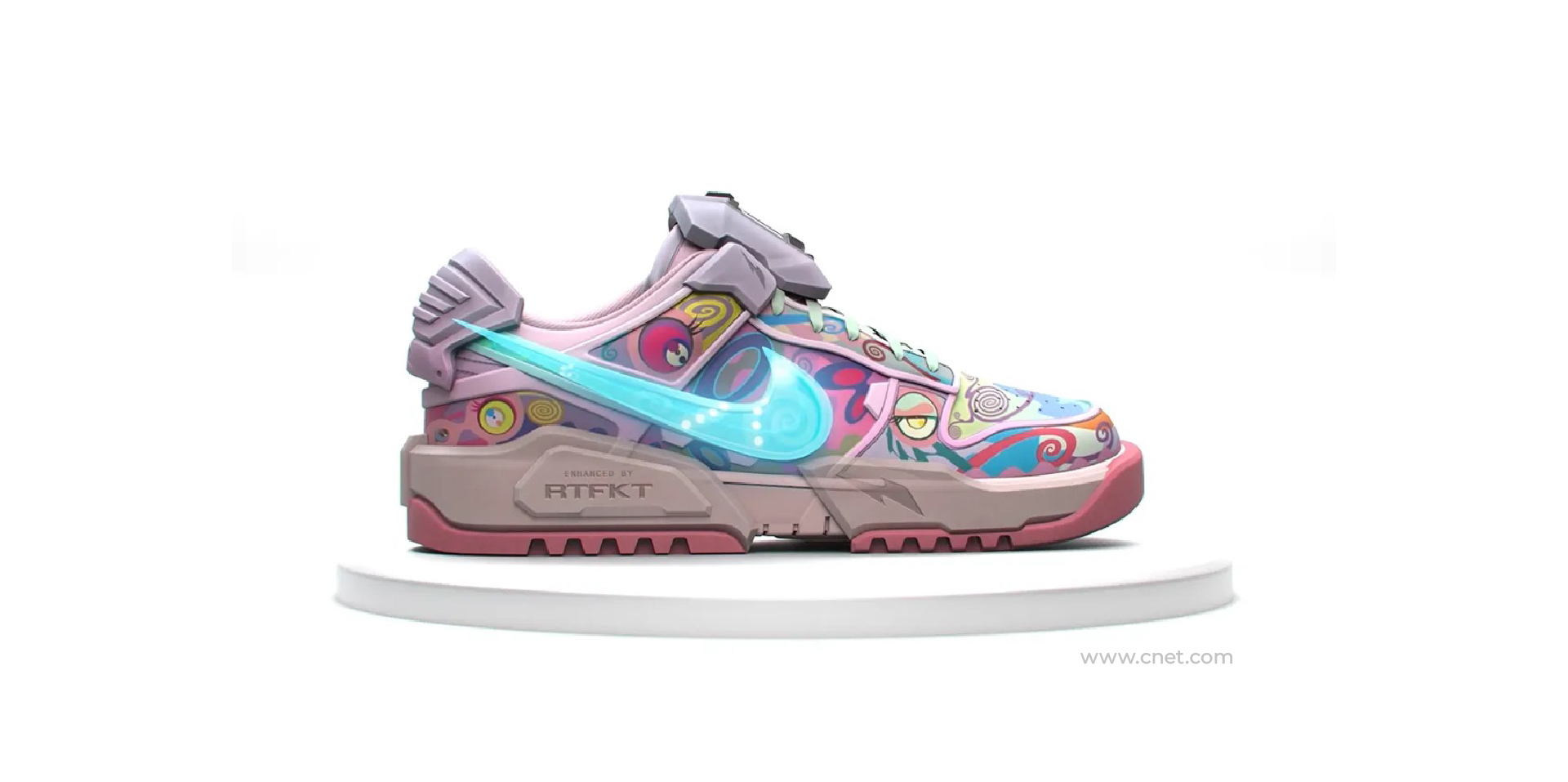
Nike was one of the major brands to pioneer the NFT dive into the Metaverse. In 2019, the company patented its CryptoKicks — sneakers to wear in the Metaverse.
The collection was released in 2021, with some models selling for over $130,000 in 2022.
All of this became possible after Nike acquired RTFKT — a company that had previously released redeemable sneaker NFTs.
The market of Metaverse utility NFTs is booming, but it’s not limited to wearables. These days, you can even purchase land in the Metaverse. All you have to do is:
- Choose between one of the platforms (Decentraland and The Sandbox are the current industry leaders)
- Connect your wallet to the platform
- Find a property you like and press “Buy”
- That’s it! The land or the building of your choice is now your NFT property.
Apparently, we’ll soon be spending most of our lives in the Metaverse, so the real estate market there is heating up. The price of a “parcel” can already go as high as $30,000 on Sandbox, which currently holds the largest number of them of all platforms.
After all, playing the game of life has never been cheap. That’s our cue to move to games, by the way.
Deliver in-game NFTs
Metaverse assets actually fall into this category of NFT utility, but the topic of gaming is so much broader! Games offer infinite use cases for NFT implementation.
Here are some that immediately come to mind:
- Avatars — because every gamer out there wants to look unique
- Tradable assets such as guns, armor, skins, or land — because players have always wanted to trade, and blockchain is perfect for it
- User-generated art — because who wouldn’t want to play their part in shaping the look and feel of their favorite game (and make a buck or two from NFT sales later)?
This last use case is special: it reflects the dominating tendency of game developers to give players as much freedom as possible. That’s why many modern games like Project Hive offer users the ability to create NFT-based assets. The question of whether or not to introduce this new art into the gameplay is then decided by voting.
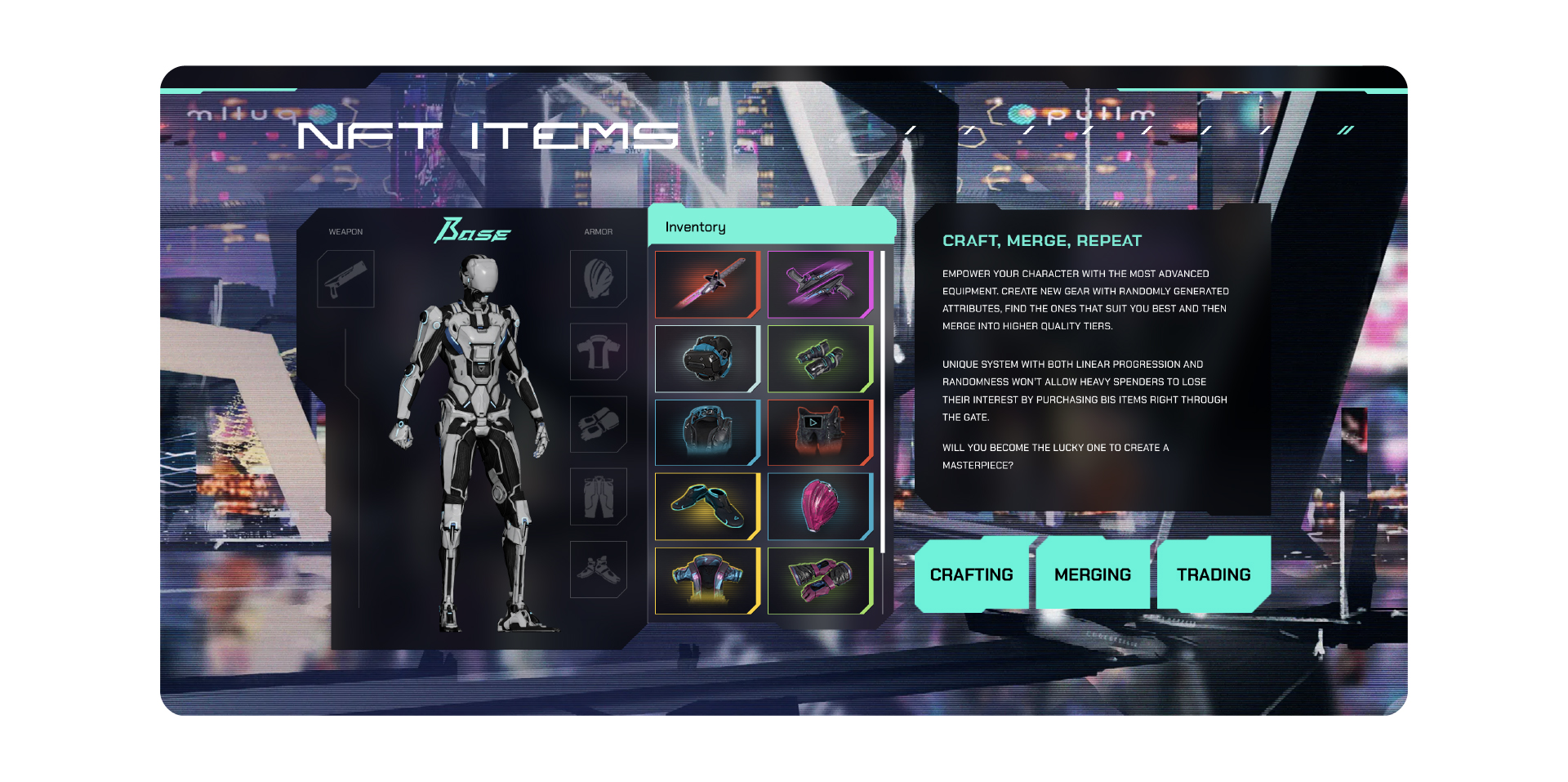
This brings us to our next topic.
Award voting rights
When players purchase in-game NFTs, they become investors. In many projects, this comes with the right to vote on its future. The game’s creators can offer additions and twists to the plot that are up for debate or allow direct input from players.
This way, you’re tapping into your audience’s creative energy, which leads to better engagement and draws attention to your NFT game.
The approach isn’t limited to games: fashion brands, for instance, can use the creativity of their clientele to effectively crowdsource new products.
This list certainly doesn’t cover every possible option of adding utility to your NFTs. There are other ways like transforming crypto into donations, offering fractional ownership of expensive lots, and so on. The only thing that matters more than how to do it is why you’re doing it in the first place.
With the help of utility NFTs, individual creators or businesses can establish more meaningful and lasting relationships with their audience.
We’re almost through. There’s only one more issue we’d like to touch upon.
Regardless of the implementation type of utility NFTs for your project, you’ll still need some sort of a system to manage them.

The issues with managing utility NFTs
You can list your NFT collection on platforms like OpenSea or Rarible and distribute it through your own website or a Web3 game. However, to fully realize the advantages of utility NFTs, you’ll need to manage the tokens throughout their entire post-sale journey.
Here’s why.
Transfer of ownership
One of the benefits of NFTs is that they contain transferrable smart contracts. Users can resell NFTs multiple times, along with the utilities attached to them. In a viable ecosystem (and that’s what you want), such deals must be transparent for all parties.
Here’s an example. A hotel chain offers paid memberships where clients can claim a certain number of days each year at selected locations. If these were distributed as utility NFTs, both the hotel and the client would need a mechanism to determine the number of days left. That’s a given, right?
And what happens if a customer wants to sell their membership? NFTs are the suitable medium for that purpose, with their authentication protocols. But how will the buyer of the NFT know what they’re getting for the agreed amount of cryptocurrency? How many days are still available, and what other privileges does the card offer?
The hotel chain also needs to know that the transfer of rights has taken place. This is further complicated by the fact that crypto transactions aren’t necessarily linked to the buyer’s identity.
But that’s not the only challenge.
Managing the community
NFTs owe their ubiquity to communities of enthusiasts. Besides their price in crypto, loyalty is the currency that your utility NFTs should be traded in for the project to thrive. This means staying in contact with your following.
At the moment, NFT communities are mostly managed through Twitter and Discord. While this works for most people, it might not be the most efficient method of communication. The problem here is trivial — active members of NFT communities often follow so many projects they simply can’t respond to every new drop or announcement.
So when your carefully crafted campaign hits the Discord channel, it misses a large percentage of the target audience because their notifications were turned off.
You’ve invested heavily into creating and distributing your NFTs, yet you can’t reach your audience when necessary. That’s unfair.
These are the main issues with NFT utility management that will soon plague the market — but make no mistake, there will be more down the road. To have the upper hand, you need a proactive strategy for dealing with these challenges.
The bottom line
Utility NFTs are a great way to reach a younger demographic, sell your services, digital or physical goods, and build communities for future sales. It’s a quickly growing market that you should tap into now. However, as always, there’s a “but” lurking in the shadows:
The absence of a comprehensive management system for utility NFTs is a critical problem you will inevitably run into.
We did some market research, and here’s our assessment: so far, there’s very little awareness of this problem. Most software companies focus on implementing the utility aspect of NFT, leaving management out of scope.
The team at Unicsoft can offer insights and help you implement utility NFTs most efficiently. We are ready to create a custom solution that will include post-sale handling of your digital tokens.
Keep reading our blog or get in touch to discuss your specific needs.




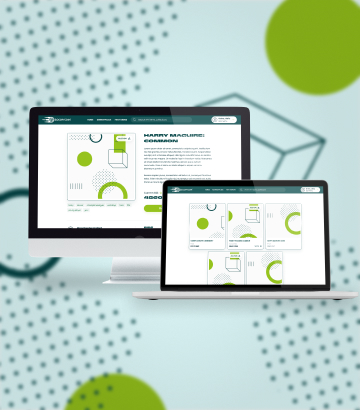
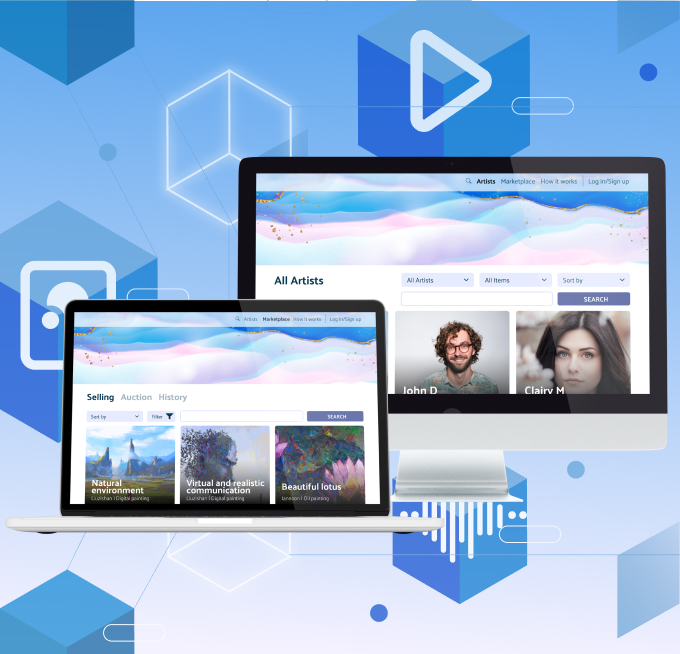
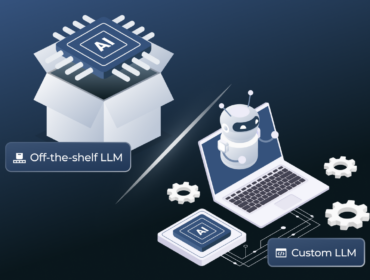
![Utility NFTs: How They Create Value and Why Managing Them Is Crucial What’s the EU Artificial Intelligence Act and How to Comply? [Webinar]](https://unicsoft.com/wp-content/uploads/2024/03/Cover_1140_v1.1-370x280.png)

